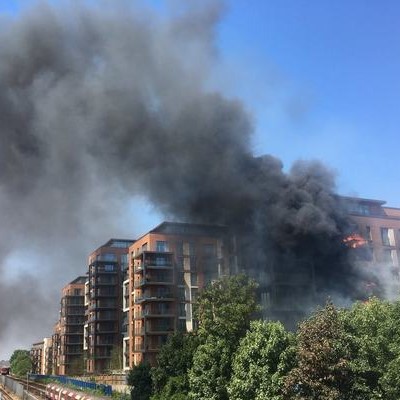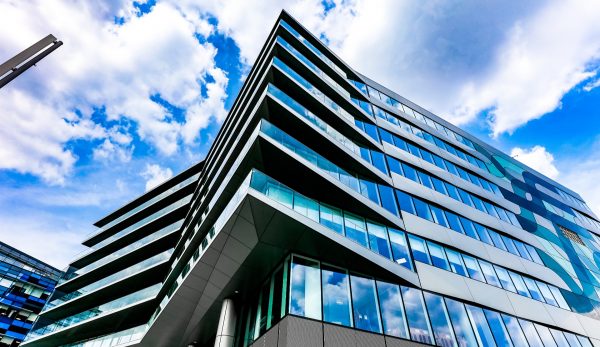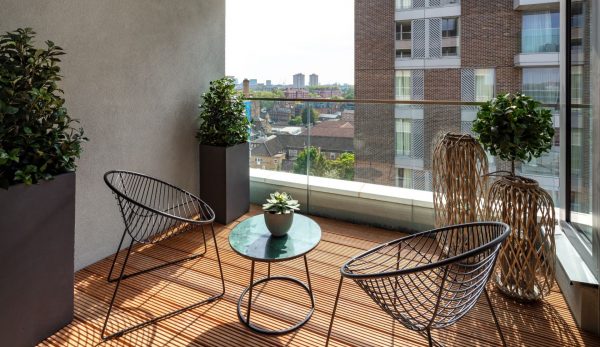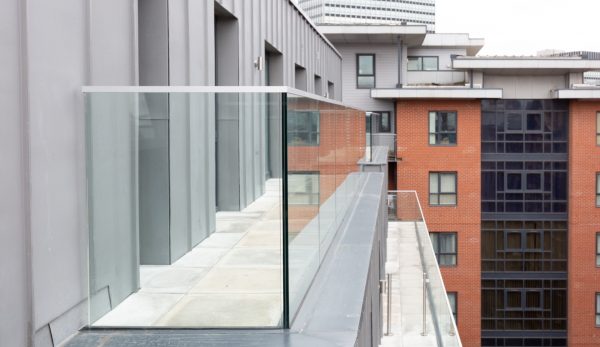A number of items have been excluded from the ban, including window frames and glass. Surprisingly, however, these exclusions do not appear to extend as far as including glass in balustrades which are often located in the same area as the window frames on the building.
Glass in balustrades protecting a drop from height has to be laminated with a PVB or SGP interlayer for the product to be adequate for the purpose for which is intended, that is to protect the edge from falls. Even toughened glass, although extremely resistant to impact, can still break for a number of reasons. The laminated interlayer remains in place and has the effect of holding the broken glass in place whilst still providing some protection to the balcony edge.
It is highly unlikely that both panels of glass will break at the same time so in the case of breakage, the edge remains safe. However, in the unlikely event that there is a monolithic glass breakage, then it could fall away from the balcony and cause harm if falling from height. The opening then remains unprotected until the balustrade can be replaced.
The ban on toughened and laminated glass has come into effect because of the PVB or SGP interlayer in the glass, which as a stand-alone product, does not meet the fire classification requirements. However, this ban does not consider the laminated panel as a complete product. A study of the nature of laminated glass and the way it is manufactured, shows that it is extremely difficult for the laminate to ignite. Even simple tests prove this. The laminate is encapsulated in the glass under high pressure and the bottom and top edges are wholly contained within the base channel and top capping rail or handrail. It is only the 1.5mm thick edges that are exposed on the sides of the panels, and chances of the laminate igniting and fire spreading on this small area is extremely low.
The reasons behind the ban are fully understandable, but decisions of this magnitude need to be made with a holistic view of the product used on balconies and drawn from knowledge and experience of the market rather than a basic understanding of standalone materials.
Regulations aside, our view is that the risk of monolithic glass on balconies at height pose a much greater risk to the occupants than the use of so-called flammable interlayers in the glass.
Is this laminated glass debate a current issue on one of your projects?
Please contact us and we would be able to provide you with further test data and technical expertise to assist in making decisions on the chosen glass specification. Alternatively, you could view our systems page to find out more about balustrade product options and specification choices.
This article was authored by Stephen Hynd, Technical Director.
For further research, refer to some key documents including the following:
- BRE Global research into ‘Fire safety issues with balconies’ – Link here
- Approved Document B (Fire Safety) 2019 amendments – Link here
- BS 9991: 2015 Fire safety in the design, management and use of residential buildings





